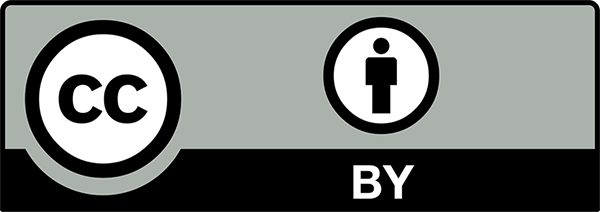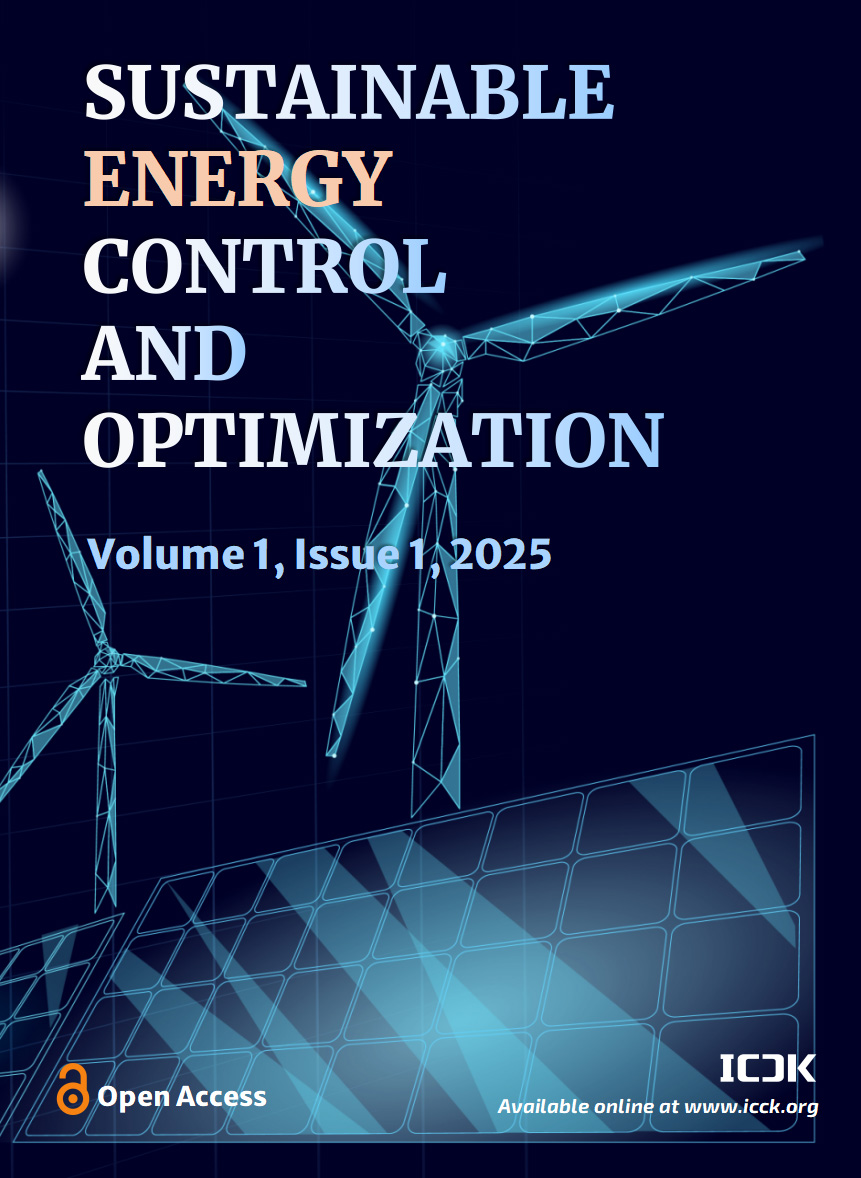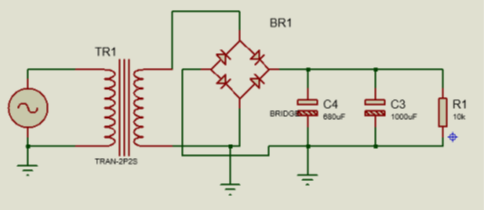Abstract
The speed control of direct current (DC) motors represents a critical area of study in modern electromechanical systems, offering numerous techniques for precise regulation and adaptability. These techniques encompass adjustments in the number of pole pairs, integration of external resistance regulators, modulation of armature input voltage, implementation of vector control strategies, utilization of voltage converters, and the employment of Pulse Width Modulation (PWM) in conjunction with advanced power electronics. Collectively, these methods enable refined manipulation of motor behavior, allowing for targeted performance optimization across a wide array of industrial and practical applications. By systematically altering key operational parameters, DC motors can achieve varying maximum speeds, thereby enhancing their versatility and extending their functional range. A particularly significant development in this domain is the application of simultaneous or combined control strategies, notably the cascade speed control system. This hierarchical approach permits multi-layered regulation, balancing speed precision against load demands, and thereby optimizing overall system performance. The widespread adoption of DC motors in industrial sectors stems not only from their inherently simple construction and cost-effective maintenance but also from the diverse range of available configurations, which can be tailored to meet the precise needs of specialized industries such as automation, robotics, and precision manufacturing. The capacity for fine-grained speed adjustment positions DC motors as indispensable components in contemporary mechanical systems, where they play a pivotal role in enhancing operational efficiency, energy utilization, and system stability, ultimately contributing to the advancement of industrial productivity and technological innovation.
Data Availability Statement
Data will be made available on request.
Funding
This work was supported without any funding.
Conflicts of Interest
The authors declare no conflicts of interest.
Ethical Approval and Consent to Participate
Not applicable.
Cite This Article
APA Style
Nugraha, A. T., Santosa, A. F., & Sobhita, R. A. (2025). A Comparative Study on DC Motor Speed Regulation Using Full-Wave Uncontrolled Rectifiers. Sustainable Energy Control and Optimization, 1(1), 43–52. https://doi.org/10.62762/SECO.2025.501731
Publisher's Note
ICCK stays neutral with regard to jurisdictional claims in published maps and institutional affiliations.
Rights and Permissions

Copyright © 2025 by the Author(s). Published by Institute of Central Computation and Knowledge. This article is an open access article distributed under the terms and conditions of the Creative Commons Attribution (CC BY) license (
https://creativecommons.org/licenses/by/4.0/), which permits use, sharing, adaptation, distribution and reproduction in any medium or format, as long as you give appropriate credit to the original author(s) and the source, provide a link to the Creative Commons licence, and indicate if changes were made.


 Submit Manuscript
Edit a Special Issue
Submit Manuscript
Edit a Special Issue

 Copyright © 2025 by the Author(s). Published by Institute of Central Computation and Knowledge. This article is an open access article distributed under the terms and conditions of the Creative Commons Attribution (CC BY) license (https://creativecommons.org/licenses/by/4.0/), which permits use, sharing, adaptation, distribution and reproduction in any medium or format, as long as you give appropriate credit to the original author(s) and the source, provide a link to the Creative Commons licence, and indicate if changes were made.
Copyright © 2025 by the Author(s). Published by Institute of Central Computation and Knowledge. This article is an open access article distributed under the terms and conditions of the Creative Commons Attribution (CC BY) license (https://creativecommons.org/licenses/by/4.0/), which permits use, sharing, adaptation, distribution and reproduction in any medium or format, as long as you give appropriate credit to the original author(s) and the source, provide a link to the Creative Commons licence, and indicate if changes were made. 